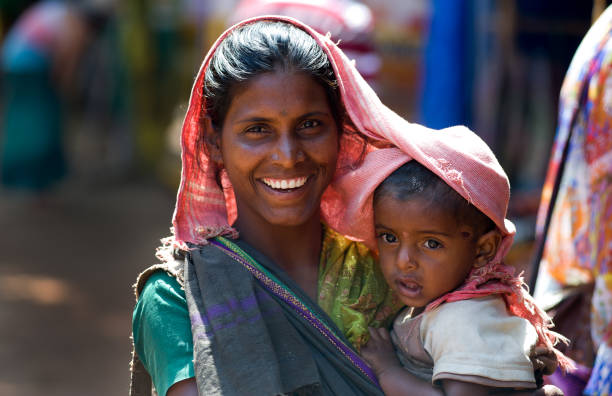India has made a remarkable progress in its fight against poverty, lifting crores of people out of hardship over the past decade, according to the latest World Bank report. The findings, released in the Spring 2025 Poverty and Equity Brief, highlight a dramatic transformation in the lives of ordinary Indians, with poverty rates falling to historic lows.
Extreme Poverty Plummets Across India
The World Bank report reveals that between 2011-12 and 2022-23, India pulled an astonishing 17.1 crore people out of extreme poverty. The share of Indians living on less than $2.15 (about Rs 180) per day, a global benchmark for extreme poverty, fell from 16.2 per cent to just 2.3 per cent in this period.
This progress was not confined to cities. Rural areas, traditionally more affected by poverty, saw extreme poverty rates drop from 18.4 per cent to 2.8 per cent. Urban areas also improved, with rates falling from 10.7 per cent to 1.1 per cent. The gap between rural and urban poverty shrank sharply, signalling more equitable growth across the country.
The report credits this success to a combination of government welfare schemes, economic reforms, and better access to basic services such as healthcare, education, and clean water. Programmes like the Pradhan Mantri Awas Yojana (housing), Swachh Bharat (sanitation), and expanded food security have played a significant role in improving living standards.
Middle-Class Growth and Better Living Conditions
India’s progress is not limited to those escaping extreme poverty. Using a higher poverty line of $3.65 per day, the World Bank found that the proportion of people living in poverty fell from 61.8 per cent to 28.1 per cent over the past decade. This means 37.8 crore Indians moved above the lower-middle-income threshold, reflecting the rise of a new and expanding middle class.
The report also highlights improvements in non-monetary measures of poverty. The share of people lacking access to essentials like education, healthcare, and housing dropped from 53.8 per cent in 2005–06 to just 15.5 per cent in 2022–23. This means more children are in school, more families have electricity and toilets, and more people are enjoying better health.
India’s five most populous states-Uttar Pradesh, Maharashtra, Bihar, West Bengal, and Madhya Pradesh-accounted for two-thirds of the decline in extreme poverty. However, these states still house a large share of the nation’s poor, indicating that regional inequalities remain a challenge.
On the jobs front, there has been encouraging news as well. Employment is growing faster than the working-age population, and urban unemployment is at its lowest level since 2017–18. More women are joining the workforce, though youth unemployment remains a concern, especially among graduates.
Looking Ahead
The World Bank’s findings confirm that India’s efforts to reduce poverty are paying off. The country has not only slashed extreme poverty but has also improved the quality of life for crores of its citizens. While challenges such as inequality and regional disparities persist, India’s achievements over the past decade offer hope and a strong foundation for further progress.
As India continues its journey towards becoming a developed nation, the focus will now shift to sustaining these gains and ensuring that no one is left behind. The world will be watching as India builds on this decade of transformation.


